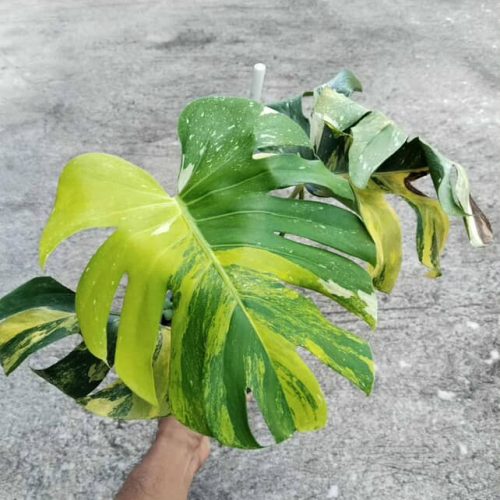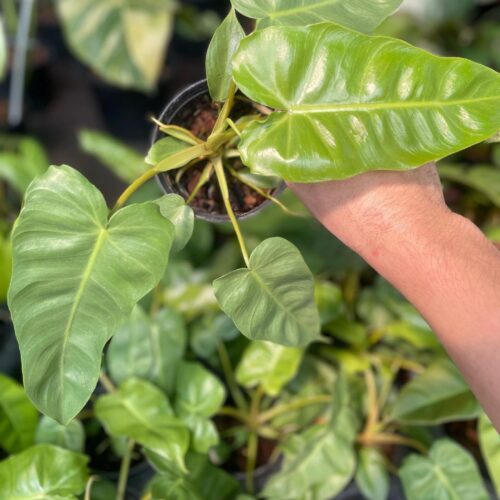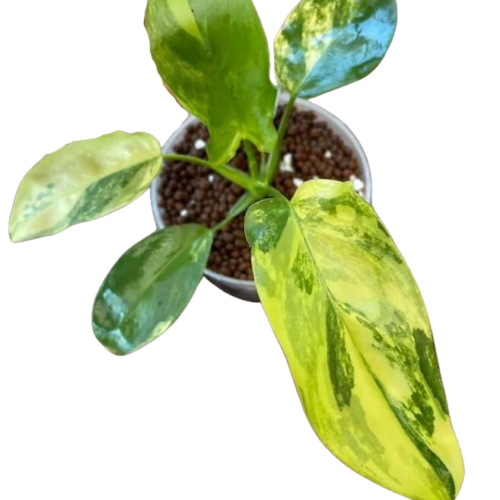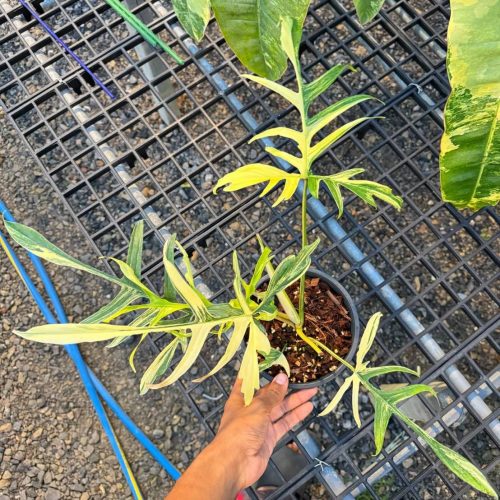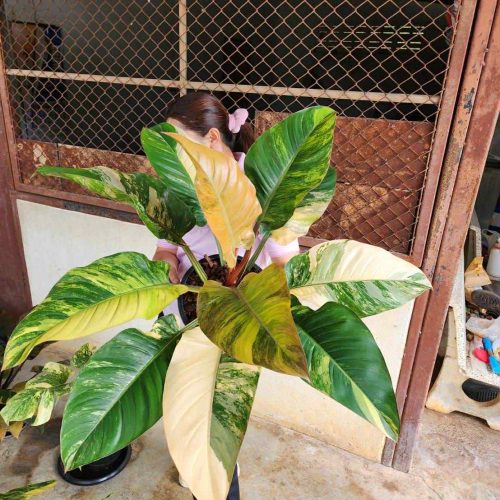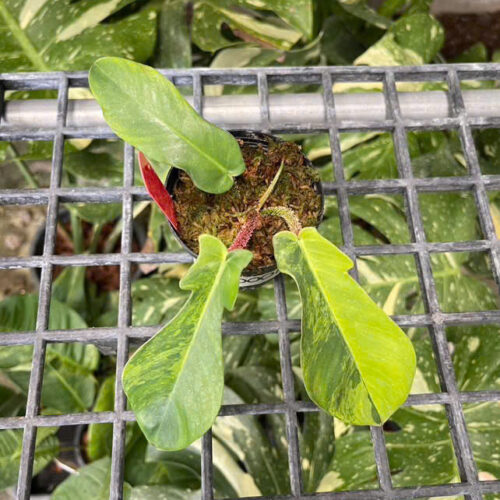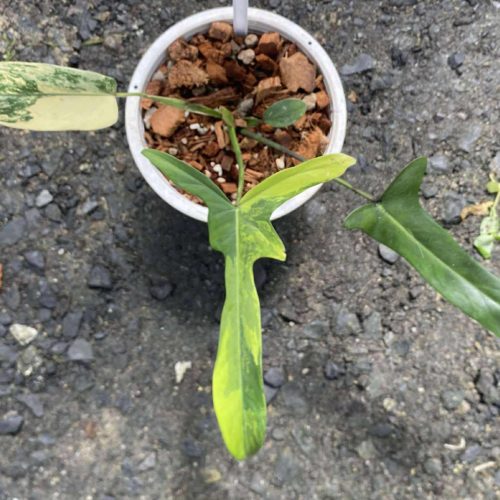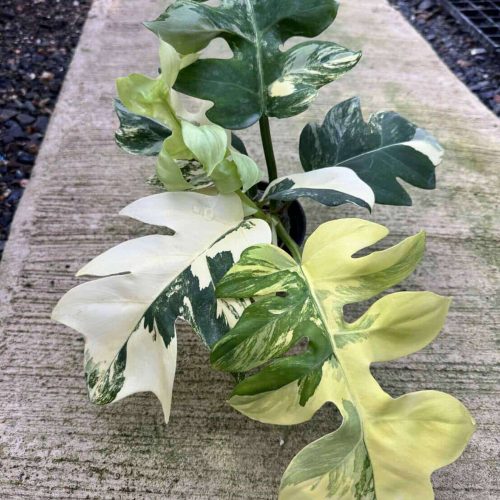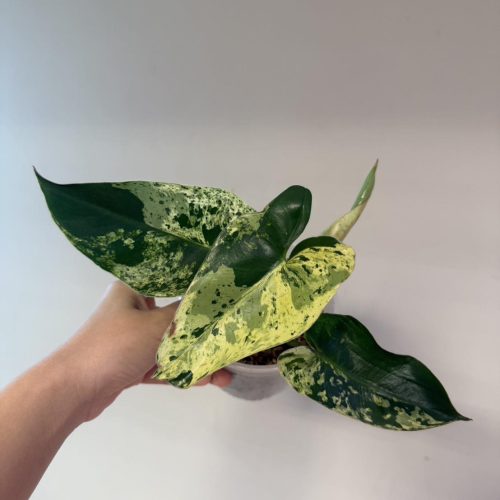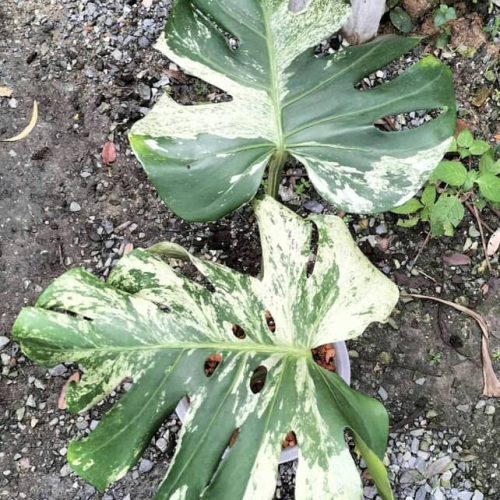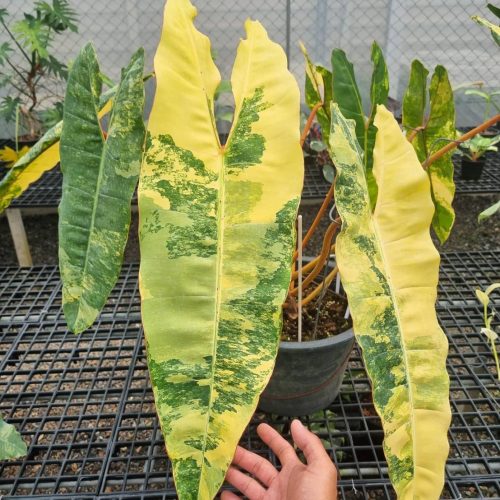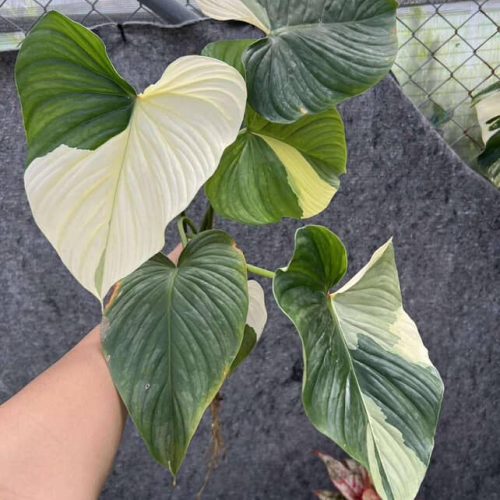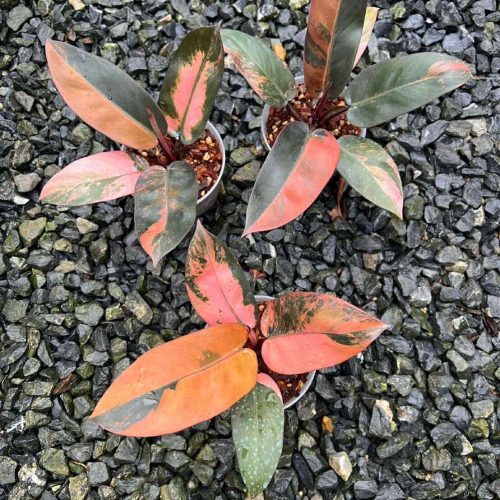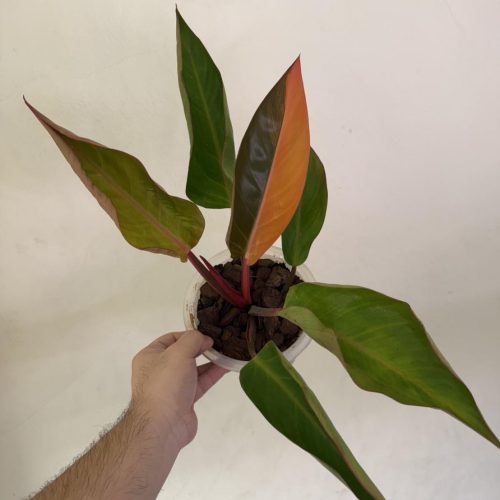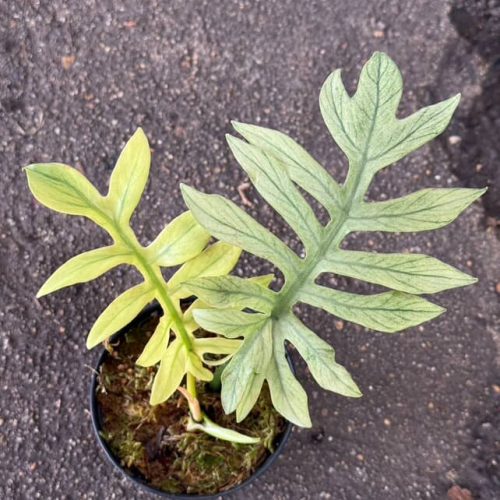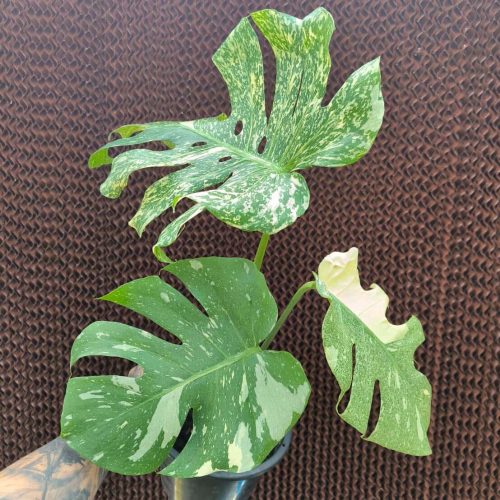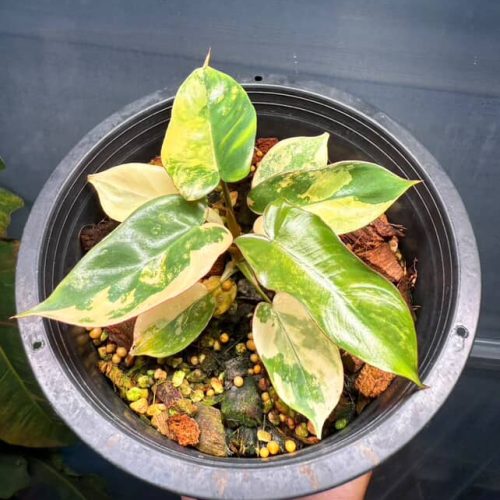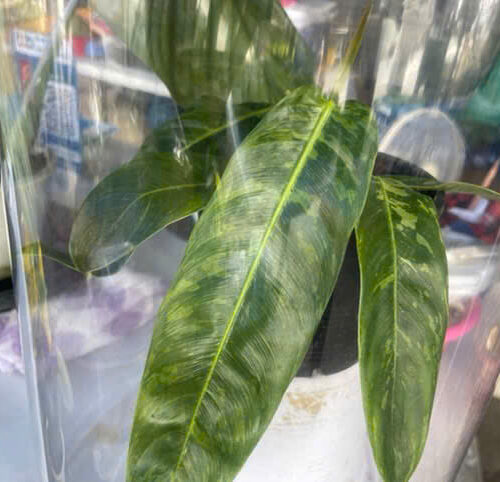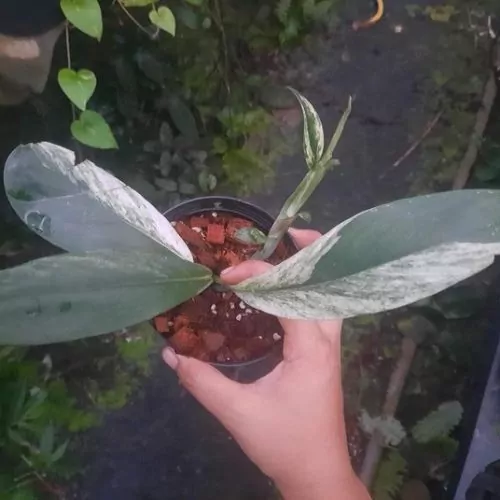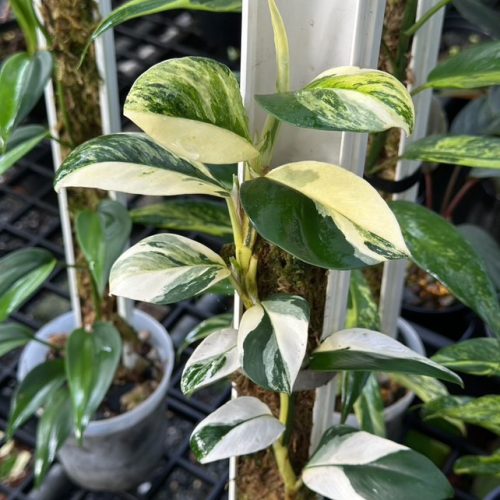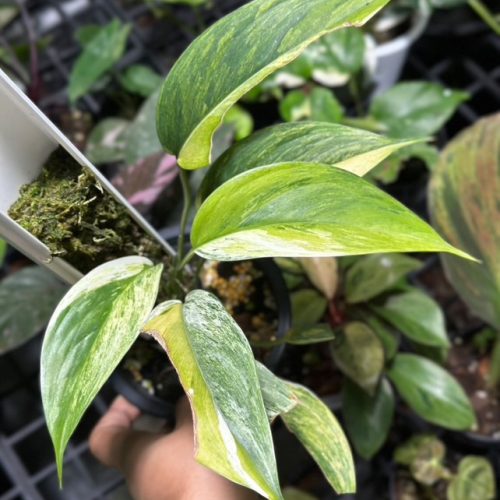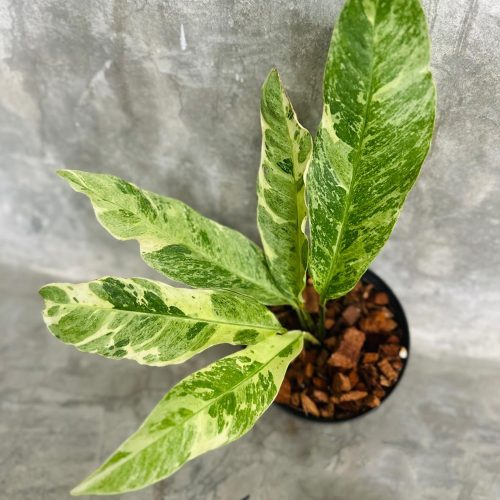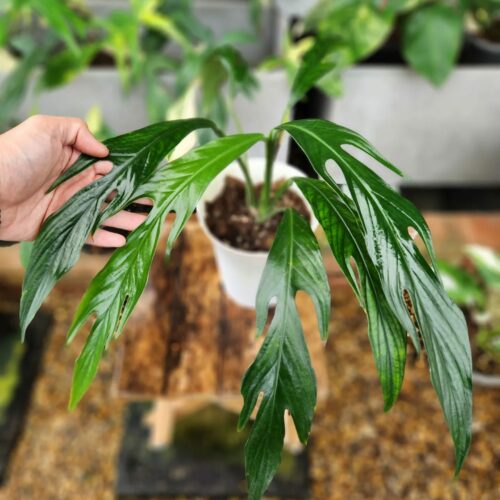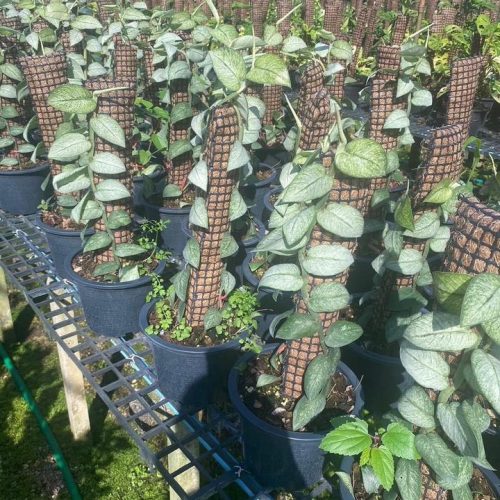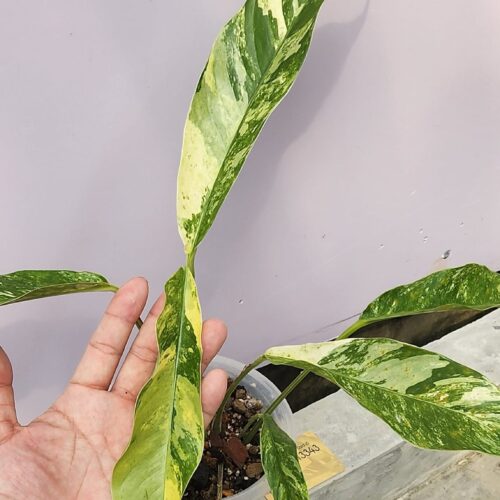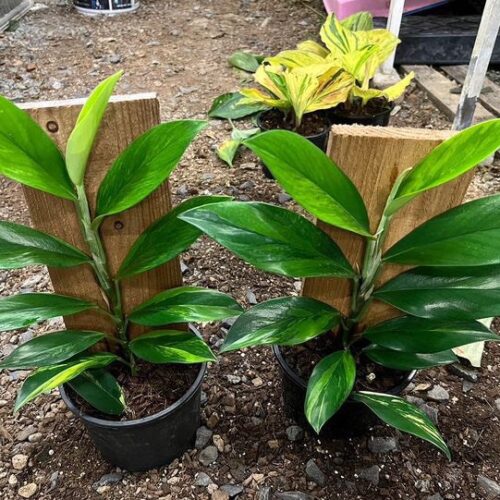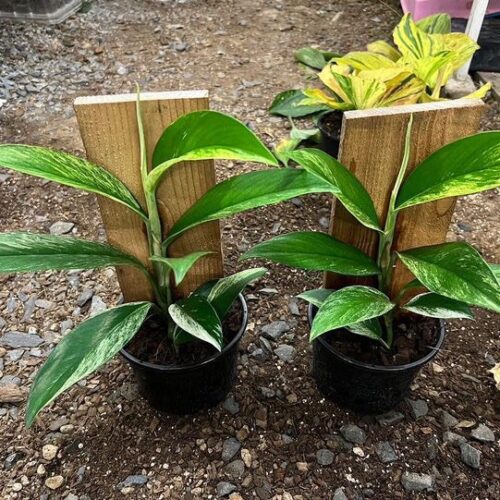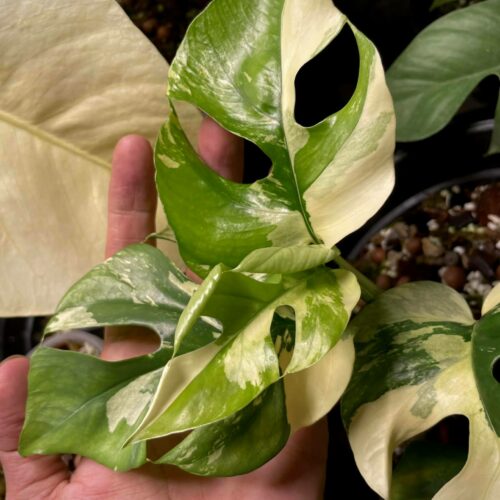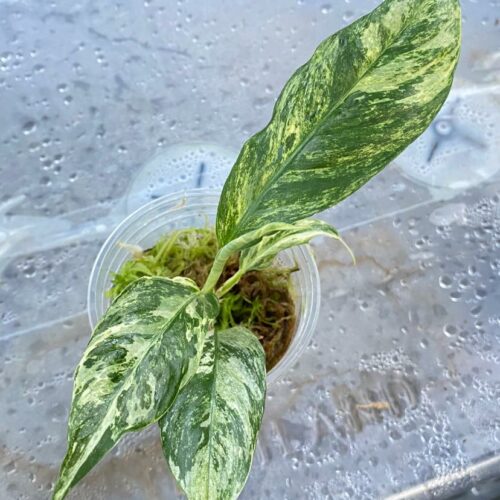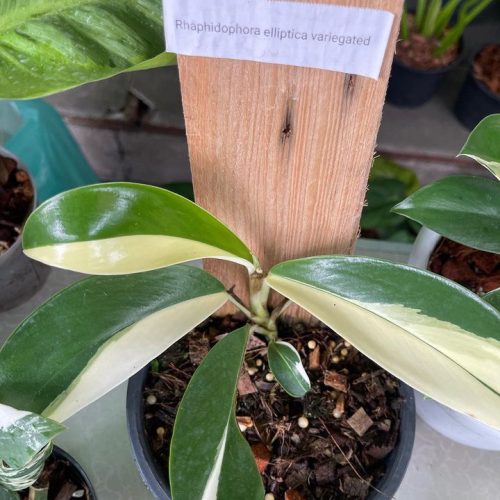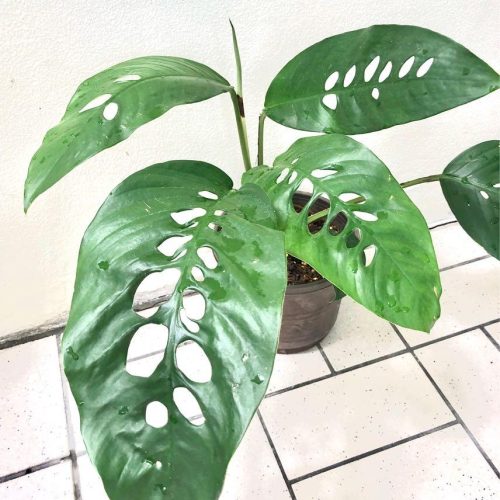The Rhaphidophora Tetrasperma Variegated is a stunning and sought-after plant that can add a touch of elegance to any indoor garden. Known for its unique, fenestrated leaves, this plant is often referred to as the “Mini Monstera.” This guide will provide you with five easy steps to grow and care for the Rhaphidophora Tetrasperma Variegated successfully.
Introduction
The Rhaphidophora Tetrasperma Variegated is a member of the aroid plant family, which includes popular varieties like Philodendron, Monstera, and Anthurium. Native to the tropical regions of Southeast Asia, this plant is prized for its small, split leaves that resemble those of the Monstera Deliciosa. Similar to Aglaonema and Epipremnum, the Rhaphidophora Tetrasperma Variegated is both beautiful and relatively easy to care for.

Provide Bright, Indirect Light
Importance of Light
As a variegated plant, Rhaphidophora Tetrasperma Variegated has an even higher light requirement than the all-green species. It needs sufficient bright light to continue producing vibrant yellow and lime coloration on its leaves. Without enough light, newly emerging leaves will revert to plain dark green.
Ideal Light Conditions
Place your Rhaphidophora Tetrasperma Variegated near a bright south or west-facing window where it will receive several hours of bright, indirect sunlight daily. North-facing light is generally not intense enough. Sheer curtains can filter direct midday sun, which may scorch delicate leaves. Rotate the plant periodically so all sides get equal light exposure.
“To ensure your plant receives the ideal amount of light, consider reviewing our guide on 5 common reasons why your Rhaphidophora leaves are turning yellow, which offers insights on light-related plant issues.”
Provide Consistently Warm Temperatures
Warmth for Healthy Growth
Rhaphidophora Tetrasperma Variegated is a tropical plant that thrives in warm conditions between 60-80°F. Cooler temperatures below 60°F can cause leaf damage and slow growth. This plant enjoys the same temperatures we do!
Monitor Temperature Fluctuations
Be especially cautious of cold drafts from windows in winter which can shock the plant. Use curtains or move it back from chilly window panes. Maintain warmer night temperatures above 55°F. Consider a space heater or grow lights to supplement warmth and light in winter. With adequate heat and light, this plant grows rapidly in any season.
“For more information on the ideal growing conditions for Rhaphidophora, check out Discover the Fascinating World of Rhaphidophora Varieties, which includes details on their native tropical habitats.”

“Discover the beauty of nature with our stunning Rhaphidophora Tetrasperma Variegated! Add a touch of elegance to your space with this exquisite plant. Don’t miss out – shop now and bring the lush greenery into your life. Elevate your indoor oasis today!”
Water Thoroughly then Allow Soil to Dry
Watering Needs
Rhaphidophora Tetrasperma Variegated should be watered whenever the top few inches of soil become dry. Check by inserting your finger – if it feels dry beneath the surface, it’s time to water. Completely saturate the soil until excess drains from the pot’s bottom, then let excess drain away.
Avoid Standing in Water
While these plants appreciate moist soil, allowing pots to stand in water can lead to root rot. Always dump out excess water from cache pots or plant saucer after watering. Use a pot with drainage holes and well-aerated soil mix to prevent soggy soil.
“Understanding the watering needs of Rhaphidophora is crucial. Get in-depth knowledge from our detailed document, 5 Best Soil Types To Grow Rhaphidophora At Home, which covers soil and watering techniques for optimal plant health.”
Increase Humidity
Importance of Humidity
Native to the steamy jungles of Southeast Asia, Rhaphidophora appreciate moderate to high humidity around 60-80%. Without enough moisture in the air, their leaf tips can turn brown. Boost moisture around your plant.
Good Ways to Boost Humidity
Run a humidifier nearby, place pots on a pebble tray with water, or mist plants daily. Group plants together to create a self-contained humid microclimate. As long as adequate airflow is maintained, high humidity benefits the health and growth rate of Rhaphidophora Tetrasperma.
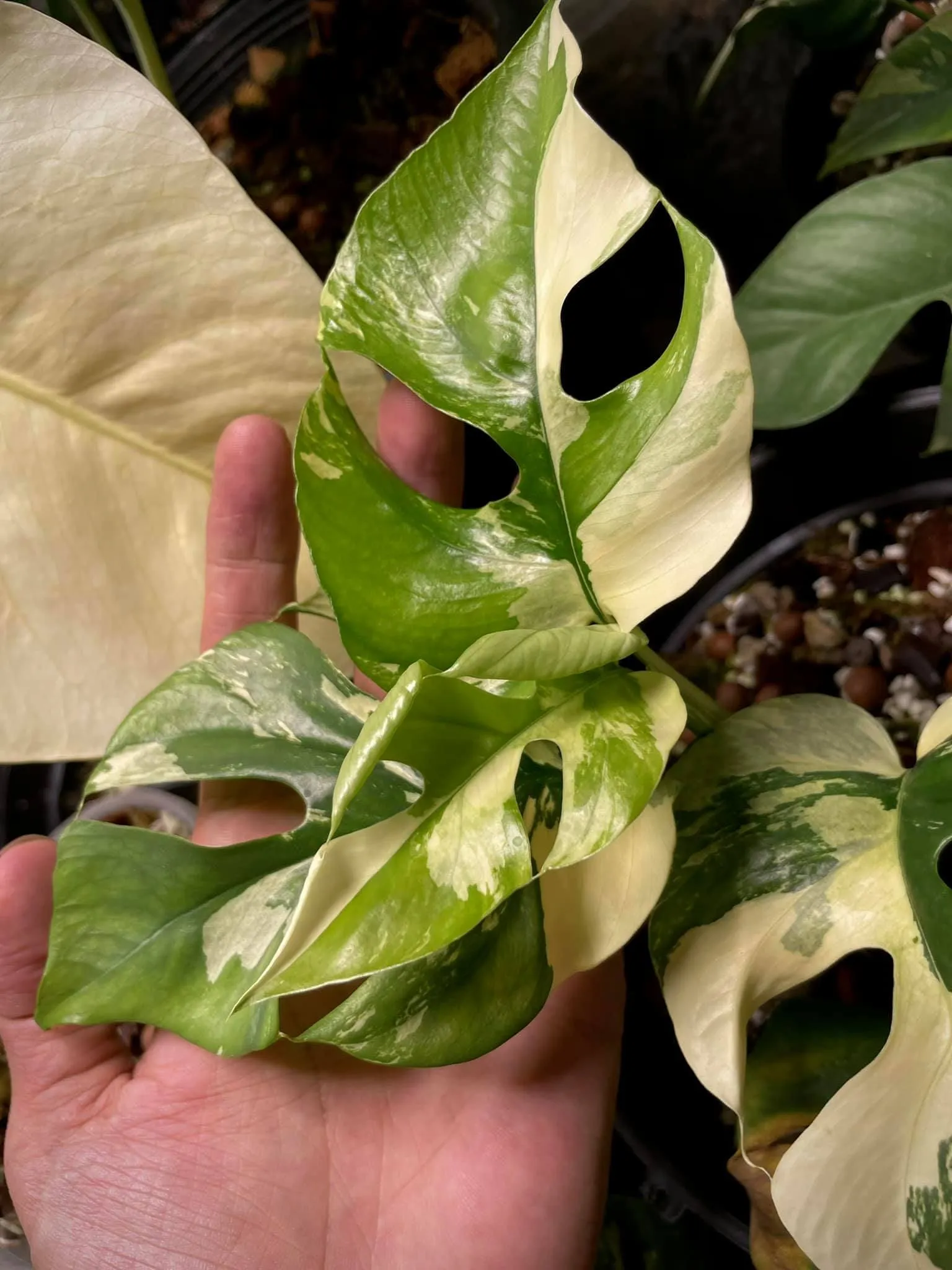
Use a Support Structure as Needed
Encourage Upward Growth
In their native jungle habitat, Rhaphidophora Tetrasperma use their aerial roots to climb up tree trunks and rocks. Providing a support structure encourages vertical climbing growth. A moss pole, coconut coir pole, or simple plant stakes work well.
Train Stems Gently
Use soft plant ties or hooks to gently train wandering stems back toward their support. Take care not to damage the delicate stems. Slowly over time the plant’s aerial roots will attach itself to the structure, allowing you to remove ties. Mist aerial roots occasionally since they also absorb moisture from the air.
Rhaphidophora species are the most sought after by aroid plant lovers
Conclusion
Caring for the spectacular Rhaphidophora Tetrasperma Variegated brings great rewards, but this plant has some specific needs. By providing the right amount of bright, indirect light, warm temperatures, adequate watering with good drainage, increased humidity, and a support structure, your plant will thrive indoors. Pay close attention to your plant’s needs and make adjustments as needed through the seasons. With a little extra care, you’ll be rewarded with a gorgeous, lush, vining plant.
“To further enhance your understanding and care of this beautiful plant, refer to our extensive guide, Technique for Propagating Rhaphidophora Plants in 5 Simple Steps.”
FAQ
- What is Rhaphidophora Tetrasperma Variegated?
- Rhaphidophora Tetrasperma Variegated is a variegated version of the popular Rhaphidophora Tetrasperma plant. It is a tropical climbing plant known for its distinctive variegated leaves and is often sought after by plant enthusiasts for its unique appearance.
- How do I care for Rhaphidophora Tetrasperma Variegated?
- To care for Rhaphidophora Tetrasperma Variegated, provide it with bright, indirect light, well-draining soil, and regular watering. Maintain a moderate level of humidity, and avoid overwatering or letting the soil dry out completely. Prune it occasionally to encourage bushier growth.
- Can I propagate Rhaphidophora Tetrasperma Variegated?
- Yes, Rhaphidophora Tetrasperma Variegated can be propagated through stem cuttings. Take a healthy cutting with at least one node, allow it to callus for a day or two, and then plant it in a well-draining soil mix. Keep it consistently moist until roots develop.
- Is Rhaphidophora Tetrasperma Variegated toxic to pets?
- Like many houseplants, Rhaphidophora Tetrasperma Variegated can be toxic to pets if ingested. It is advisable to keep this plant out of reach of pets and ensure that curious animals cannot access it.
- Why are the variegated leaves of my Rhaphidophora Tetrasperma Variegated turning green?
- Variegated leaves can revert to green due to insufficient light. If the plant is not receiving enough light, it may produce non-variegated leaves. To maintain the variegation, place the plant in a brighter location with indirect sunlight.

